TL;DR
A durable parking pad needs 8–12 inches of compacted base, 1–2% slope for drainage, and 80 mm vehicular-rated pavers with solid edge restraint; skip any one of those and you’ll see ruts, ponding, and shifting. Use ReimagineHome.ai to visualize placement, patterns, and planting so the pad works with your front yard design, not against it.
2 sentences solve most parking pad failures (TL;DR)
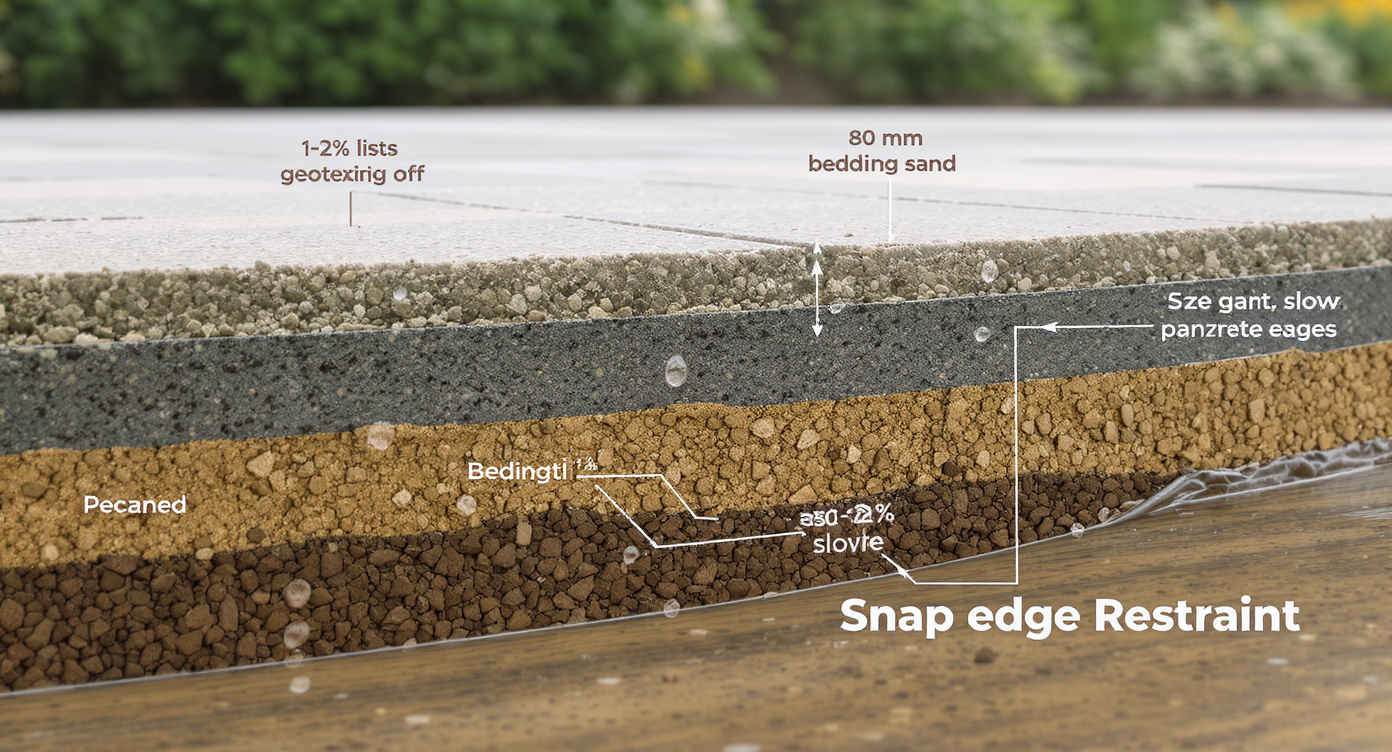
Durable parking pads combine structured base, proper drainage, and quality pavers for lasting curb appeal.
A durable parking pad needs 8–12 inches of compacted base, 1–2% slope for drainage, and 80 mm vehicular-rated pavers with solid edge restraint; skip any one of those and you’ll see ruts, ponding, and shifting. Use ReimagineHome.ai to visualize placement, patterns, and planting so the pad works with your front yard design, not against it. At a Glance - Materials: 80 mm concrete pavers (vehicular), polymeric sand, snap edge or concrete edge restraint, geotextile, Class 5 or recycled concrete base, 1 inch bedding sand. - Structure: 8–12 inches of compacted base in 2–3 inch lifts; extend base 6 inches beyond the paver edge. - Drainage: Maintain 1–2% fall away from house and toward a drainable surface; set finished height slightly above adjacent grade to avoid ponding. - Patterning: Blend 3+ pallets and avoid isolated color “hot spots”; cut clean curves instead of stair-steps. - Context: Tie into a front walk 36–48 inches wide; screen with 4–6 foot layered planting for curb appeal and privacy. Try your own exterior layout instantly on ReimagineHome.ai: https://www.reimaginehome.ai/?utm_source=blog
1 design choice changes curb appeal: place the parking pad where it looks planned, not parked
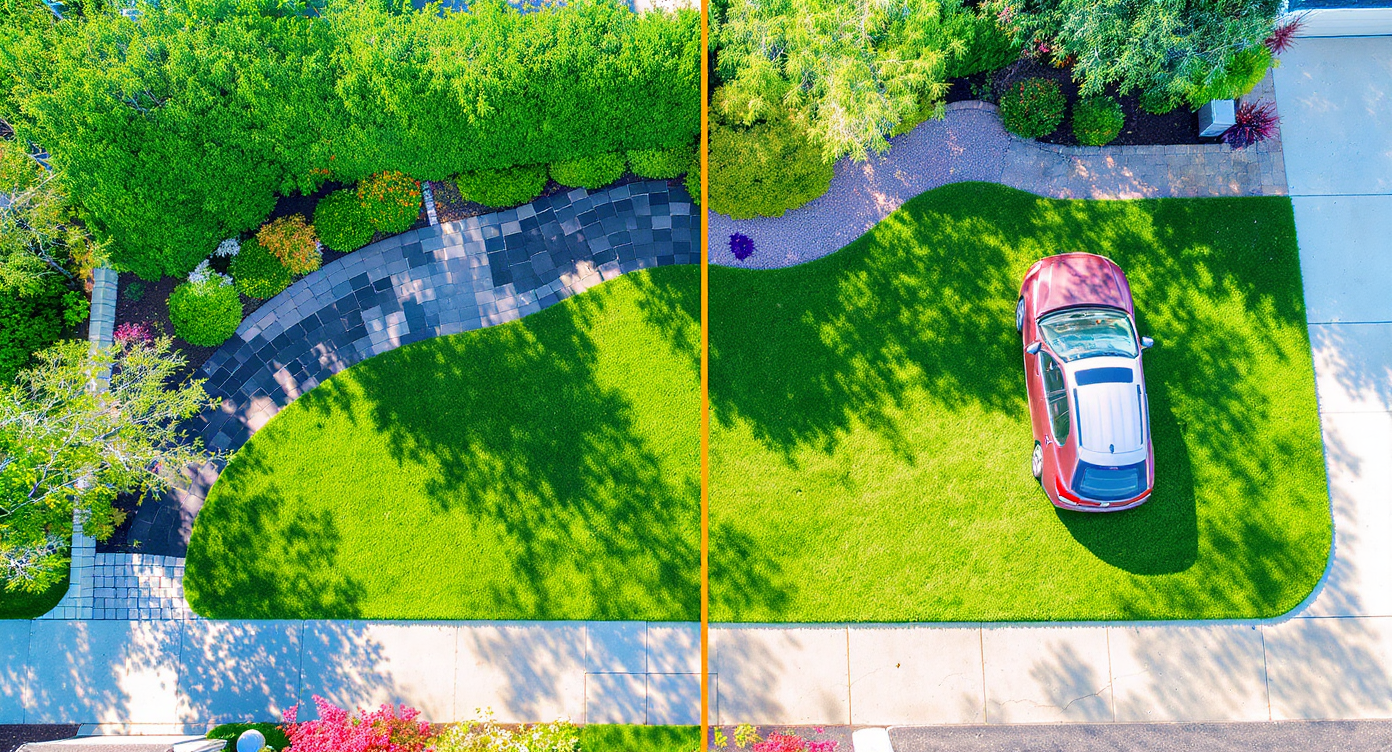
Placing parking pads where they look planned—not simply parked—strengthens curb appeal.
Front yard design lives and dies on placement. When a parking pad is dropped beside a driveway without a walk, planting plan, or grade transition, it reads as an afterthought. Positioning it so the car aligns with architecture, a walkway, or a hedge makes it feel deliberate. - Set the finished paver surface 0.5–1 inch above adjacent lawn to prevent stormwater from rolling in and pooling. - Keep 36–48 inches for a primary walkway from drive or pad to the front door; if the pad sits near the entry, a stone walkway that matches the paver tone pulls it into the composition. - Use 4–6 foot-tall privacy planting (ornamental grasses, layered shrubs) to soften the view from windows without blocking sightlines when you back out. A homeowner in the Southeast turned a gravel turnout into a stone patio-style parking pad with a dark soldier course and mixed gray field. The detail that made it sing wasn’t the paver: it was a matching 42-inch path stitched from the pad to the porch, plus low lighting at 2700–3000 K to mark edges at night.
Anecdote
In Los Angeles, a homeowner wanted an extra space but couldn’t place it unless it connected to the garage. They used ReimagineHome.ai to test a ribbon-drive alternative: twin concrete tracks with a planted median. The model showed the facade felt lighter, drainage improved, and the project cleared permitting because it reduced solid impervious area.
30–70% of low‑maintenance yards are hardscape today — here’s why parking pads are rising
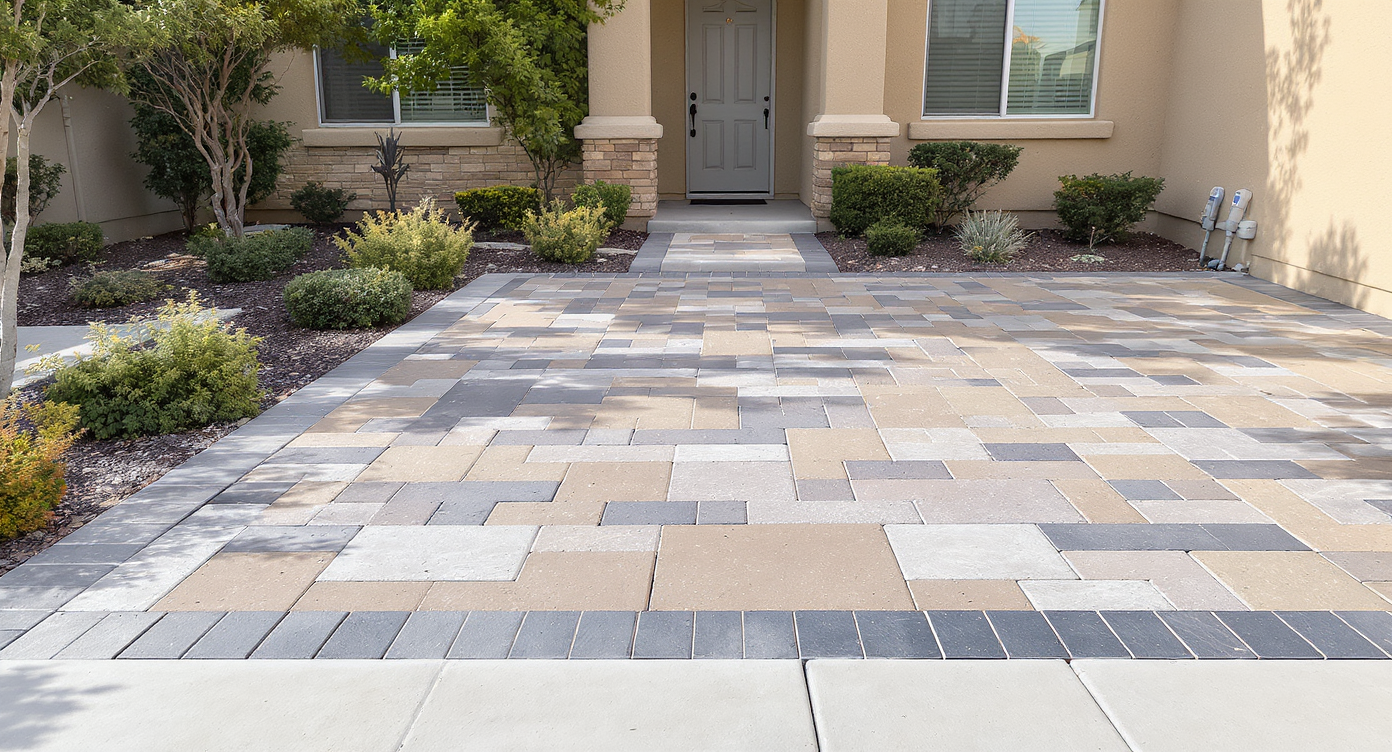
Hardscape dominates low-maintenance yards; parking pads balance beauty with easy upkeep.
Hardscape elements often make up 50–70% of low‑maintenance yard budgets because they reduce weekly upkeep and expand outdoor living. Front yards are no exception: parking pads are appearing where homeowners juggle multiple cars, narrow drives, and street visibility. Why the shift: - 1–2% slope is the modern drainage rule of thumb, and permeable options make it easier to meet stormwater goals than a monolithic slab. - 80 mm pavers, when paired with 8–12 inches of base, handle residential loads without cracking the way thin concrete sometimes does at edges. - 6 inch base extensions past the paver edge, plus edge restraint, minimize migration from turning tires. - 2700–3000 K outdoor lighting enhances safety without harsh glare. Note: Many municipalities cap front-yard impervious coverage. Always verify whether a permeable paver system or added planting is required before you build.
4 trends reshaping parking pads, driveways, and front yard landscaping
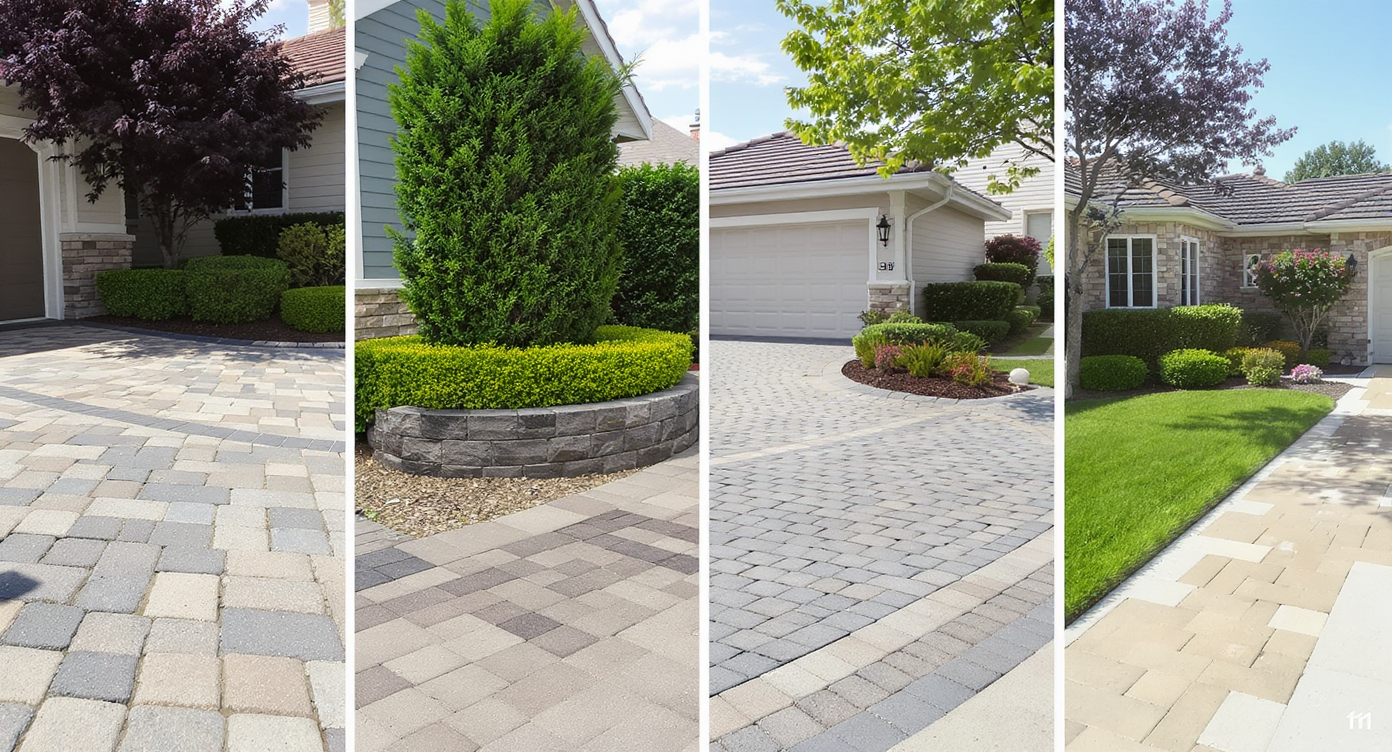
Key trends reshape parking pads with colors, curves, screening, and seamless walkways.
Four clear trends are shaping how these projects look and last. - 60–80 mm vs. 100 mm: Most residential parking pads use 80 mm vehicular pavers; 100 mm is typically reserved for commercial or heavy truck traffic. - 1–2% grade: Pads set at or below surrounding soil collect water; a slight crown or consistent fall toward a drain is essential. - 6 inch edge rule: Extend base at least 6 inches beyond the footprint and use a continuous edge restraint; placing pavers right to the cut edge of excavation invites failure. - Color blend strategy: Mixing from 3+ pallets and pre‑laying a 4x8 foot mockup prevents the “random gray square” effect; soldier courses on curves should be cut, not stair-stepped. Alt: “Evening view of a front-yard parking pad with a 1–2% slope, dark border, and a 42-inch connecting walkway, visualized in ReimagineHome.ai.” Caption: “ReimagineHome.ai helps you test pad height, slope, border patterns, and walkway ideas before you build.”
3 steps to test parking pads, walkways, and planting in ReimagineHome.ai
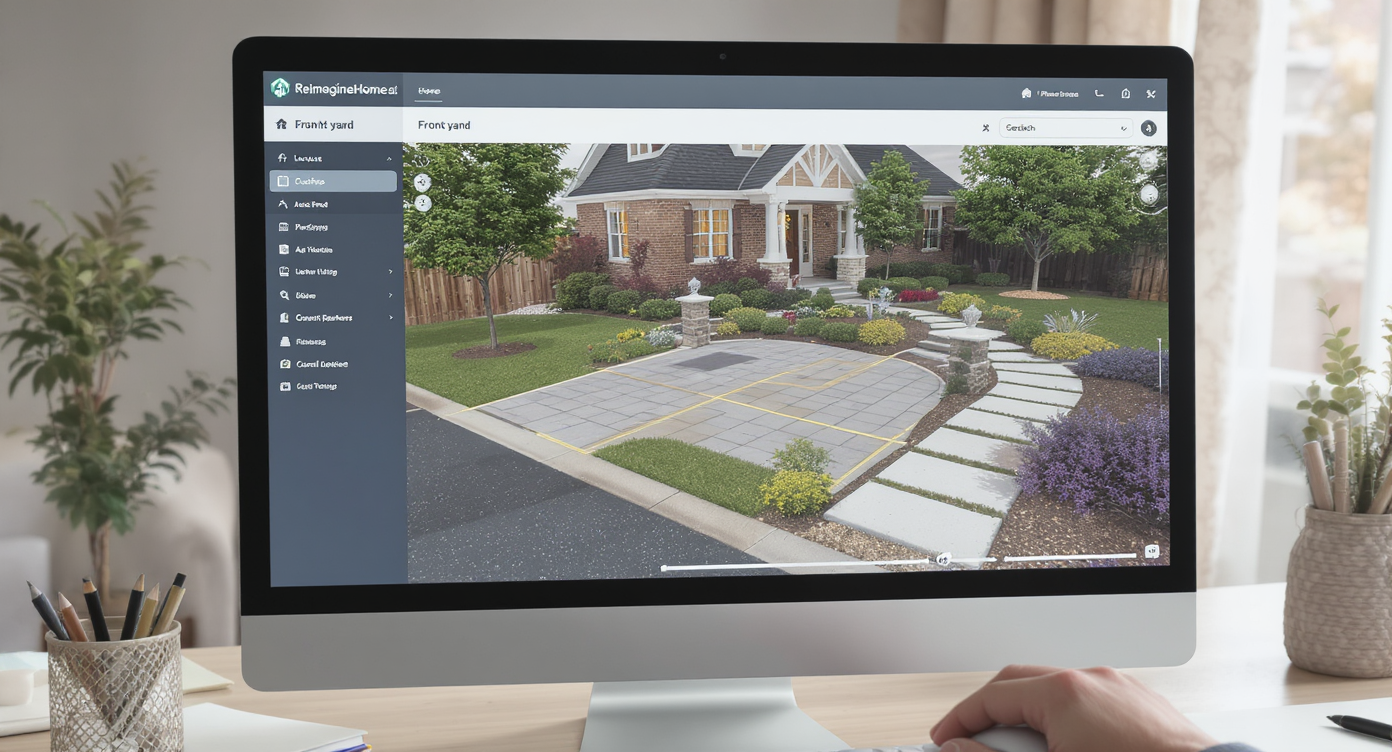
Test parking pads, walkways, and planting in ReimagineHome.ai for smart curb appeal decisions.
You can vet layout, grade lines, planting screens, and outdoor lighting in minutes. - Upload 1 photo, get 20+ variations: Swap hardscaping design patterns, stone patio tones, and border details to see what complements your facade. - Toggle 1–2% slope overlays: Visualize how a pad drains toward a catch basin or permeable strip; add a trench drain if needed. - Layer privacy planting: Test 4–6 foot hedges, ornamental grasses, or trellised vines to soften a car parked near a window. Useful reads: - Driveway and Pad Checklist: https://www.reimaginehome.ai/blogs/driveways/parking-pad-design-checklist?utm_source=blog - Base and Compaction Guide: https://www.reimaginehome.ai/blogs/hardscaping/paver-base-and-compaction-guide?utm_source=blog - Front Yard Curb Appeal Ideas: https://www.reimaginehome.ai/blogs/landscaping/front-yard-curb-appeal-ideas?utm_source=blog Alt: “Daytime rendering of two options: permeable paver parking bay with 6-inch base extension and a concrete ribbon drive with planting strip.” Caption: “Comparing hardscaping ideas in ReimagineHome.ai clarifies cost, drainage, and curb appeal tradeoffs.”
Visualization Scenario
Imagine your current drive. Now add a 9x18 foot permeable paver bay, a 42-inch walkway to the porch, and a low evergreen hedge to hide a bumper from the living room. In ReimagineHome.ai, you can toggle a darker border, swap stone colors, raise the pad 1 inch, and preview night lighting at 2700–3000 K—all before you spend a dollar.
5 quick answers to parking pad landscaping and hardscaping
- How thick should pavers be for vehicle traffic? 80 mm interlocking concrete pavers are standard for residential driveways and parking pads; larger-format slabs or commercial loads may warrant 100 mm. - How deep should the base be? Plan 8–12 inches of compacted base (2–3 inch lifts), over geotextile if soils are weak; cold climates or clay may push you to the deeper end. - What slope prevents puddles? Target 1–2% fall away from structures; keep the finished surface 0.5–1 inch above adjacent lawn or mulch to reduce inflow. - Do I need a permit? Many cities regulate impervious coverage and front-yard parking; some require permeable pavers or ban standalone pads. Always check local rules before work begins. - How do I avoid mismatched colors? Open 3+ pallets, blend the bundles, and mock up a 4x8 foot section in the yard; adjust ratios until the pattern looks natural in your light.
1 free visualization can save a redo — see your next move before you pour, plant, or pave
One decision—height—often decides success. Set the pad slightly proud of surrounding grade with 1–2% slope, and the rest (edge restraint, cuts, color blending) has a chance to shine. Set it low, and even the best paver looks tired after the first rain. If you’re weighing a front yard makeover, test combinations of parking bay, walkway, and planting in a few clicks. Then build once, beautifully. Try it now: https://www.reimaginehome.ai/?utm_source=blog
.svg)

.svg)






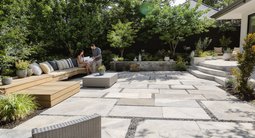


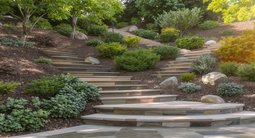
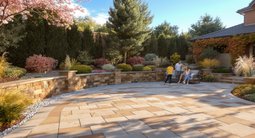


.png)